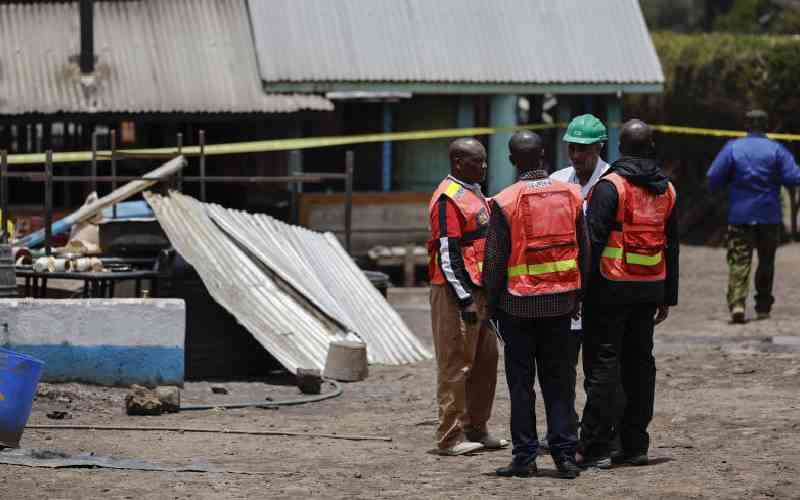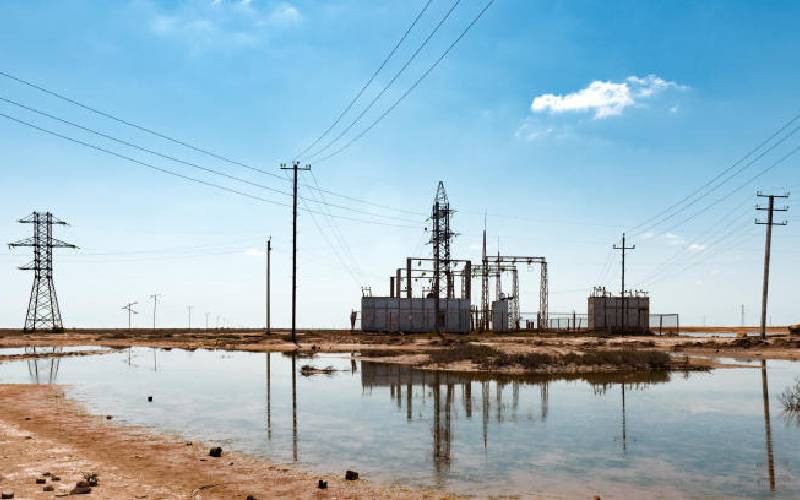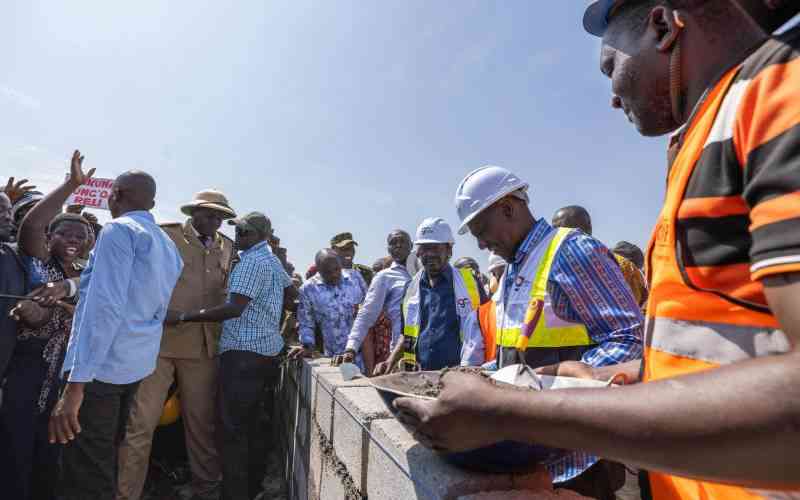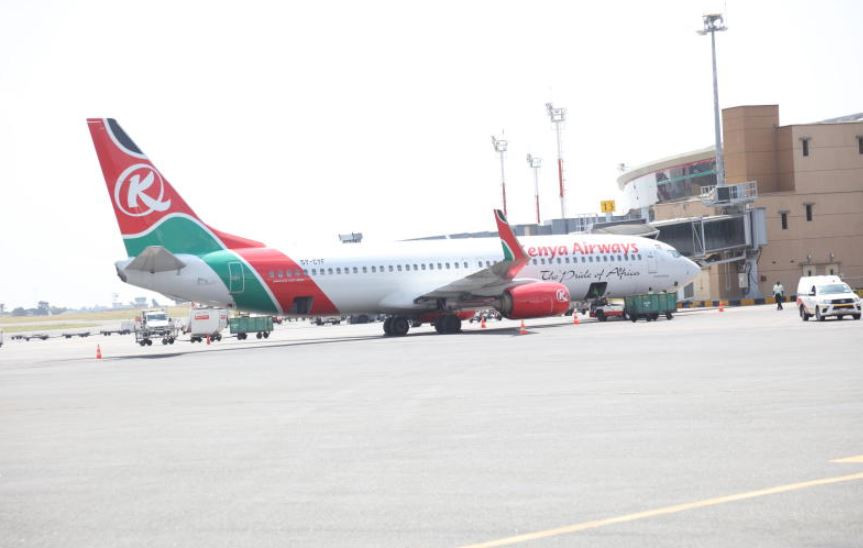×
The Standard e-Paper
Read Offline Anywhere

When this year ends in about six weeks, one of the most memorable tragedies will be the Hillside Endarasha Academy fire that claimed the lives of 21 young souls and left lifetime scars on survivors, parents and the school community.
When investigators into the September fire incident finished examining the site and handed it back to the administrators to resume operations, the Kenya Human Rights Commission was not pleased.







